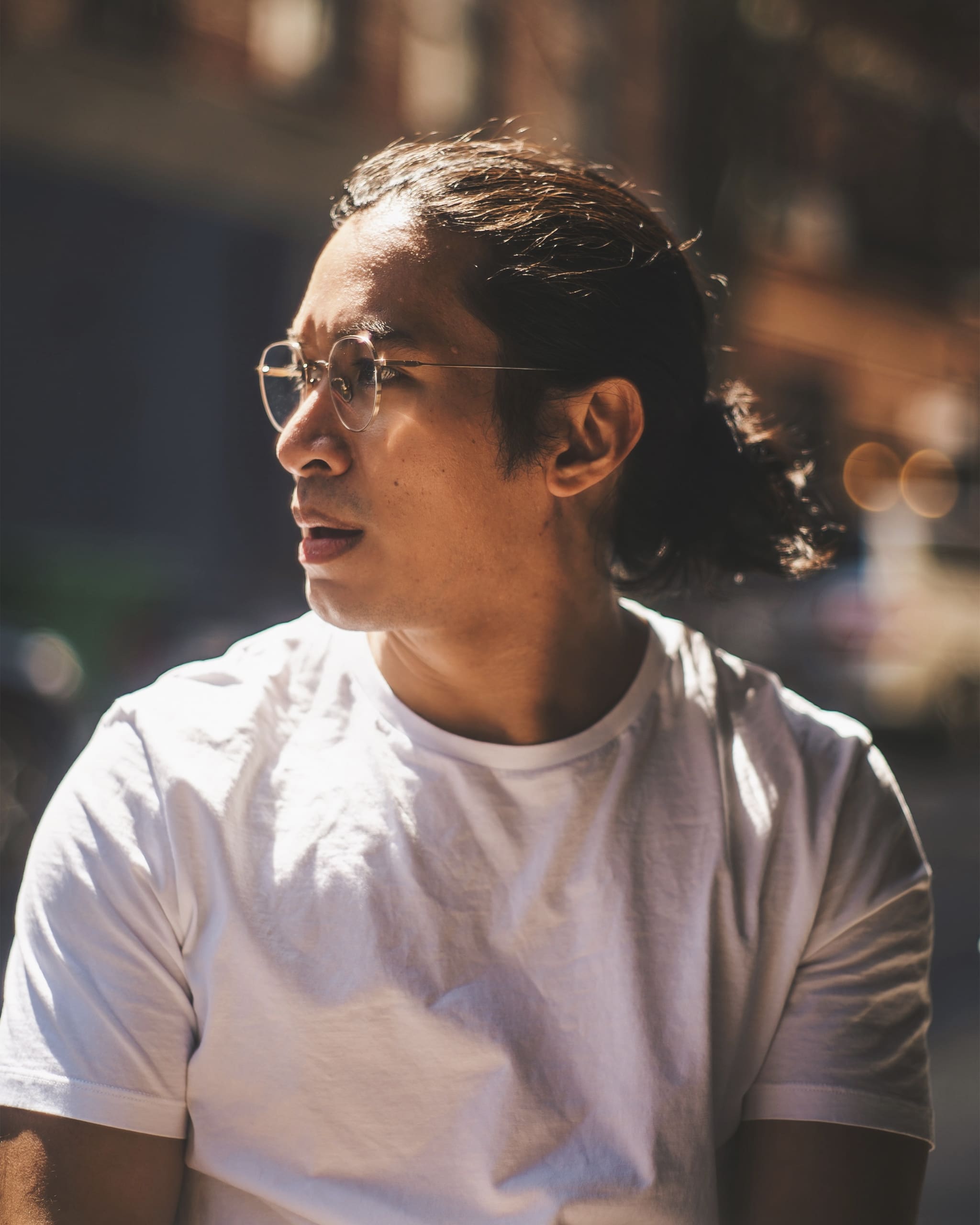Angela Romero
“At the end of the day, I’m documenting culture.”
Martin Romero thinks networking is a dirty word. “If you grew up in the Philippines, networking has a negative connotation. It’s someone selling you something,” the 33-year-old photographer who’s lensed the likes of Rihanna, Megan Thee Stallion, and Sydney Sweeney tells me. “[But] when I was starting out [in New York], I didn’t have connections. I used my street style to network,” he continues over coffee in Queens, while waiting for our hole-in-the-wall omakase reservation. Enumerating how it “worked out” for him, he adds, “It’s opened up jobs, opportunities, and lots of friendships.”
Walking into the 12-seater restaurant a half hour later proves his point. Romero gets pulled aside by the chef who recognizes him, even if it’s only his third time at the establishment. (He’s also made fast friends with several other restaurant owners, among other proprietors.) Sure, it could be his signature shoulder-length hair or personable demeanor, but it’s likely a cocktail that includes his generous approach to social media. Whether it’s food, Crossfit (a gym he religiously trains in), or people, Romero takes painstaking care in taking beautiful, shareable photos, while also diligently tagging anyone on social media who had a stake in his subject. Born out of a desire to properly credit creators as one himself, Romero knows that an Instagram mention (on a great photo) is the best way for him to show appreciation and advocate for fellow creatives, especially in a landscape where eyeballs are currency. It’s also his way of making friends.
“I’m a very shy person,” the self-proclaimed (and Myers-Briggs-labeled) introvert reveals. It’s not intuitive for someone whose job description sometimes entails barking at famous people to stop for photos to be shy, but armed with his devices, Romero is able to effectively communicate, make lasting connections, and build a career.
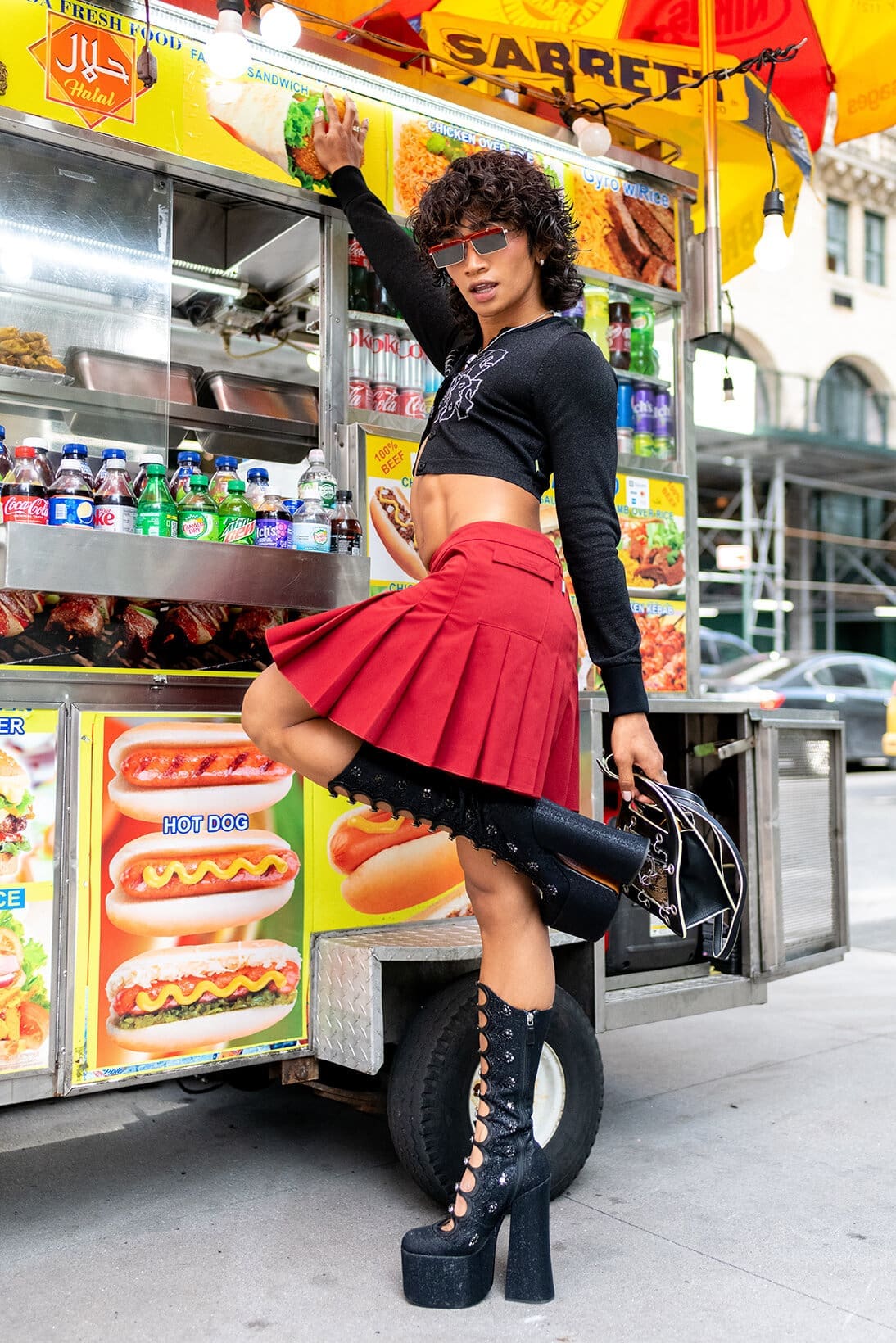
A quick scroll through his feed shows an impressive display of personalities he’s photographed: Kanye West walking in between fashion shows, Drew Barrymore looking back at him as she enters her car after the CFDA Awards, Bretman Rock posing in front of a hotdog stand, among countless star-studded others. Even his followers list is peppered with international and local icons, from Incubus’ Brandon Boyd to former vice president Leni Robredo. Robredo even shared “an appreciation post” for Romero in May. “We are so, so proud of you, Marts,” she wrote on her personal Instagram account.
Photography wasn’t the most attainable path for the NYC transplant. “When I moved, I felt like I had to restart,” he says, adding that he felt similarly after graduating from grad school (he’s an NYU alum), and then again after getting his Green Card. “As a Filipino immigrant, not knowing anyone in the industry and being an introvert, you really have to go out of your way to make connections [and] meet people,” he says. But the moment he saw an opportunity to pursue photography full-time, he jumped on the chance. “I’ve always wanted to do this,” he says. “It was go big or go home.”
Prior to his move eight years ago, the lensman’s early projects—in university, at a local broadsheet, and as a year-long aide to the late president Benigno Aquino III’s communications secretary—were all rooted in photojournalism. It’s a style and ethos he’s recently been harkening back to, even if he now shoots the most glamorous of events and people. “When I started, everything had to look clean,” he muses, adding that now, he wants photos to look natural—pedestrians, photobombers, and the grit and grime of New York’s streets included. “I like those pictures more,” he confesses. “At the end of the day, I’m documenting culture.”
As the flurry of New York Fashion Week comes to a close, Romero talks about his former disdain for fanny packs, being starstruck by Ariana DeBose, and what it takes to make it in New York.
What makes a great street style photo?
The clothes. When you look at a person, you can tell if they’re peacocking or if everything they wear, even if it’s not branded, makes sense and [is] well put together.
Sometimes it’s just a feeling. Whenever I try to take a picture, since a lot of things are happening, you have all the photographers trying to take their best shot, I try to find a way where it could still look editorial. It’s just trying to find the right angle given your situation. It’s trying to be resourceful in the given environment.
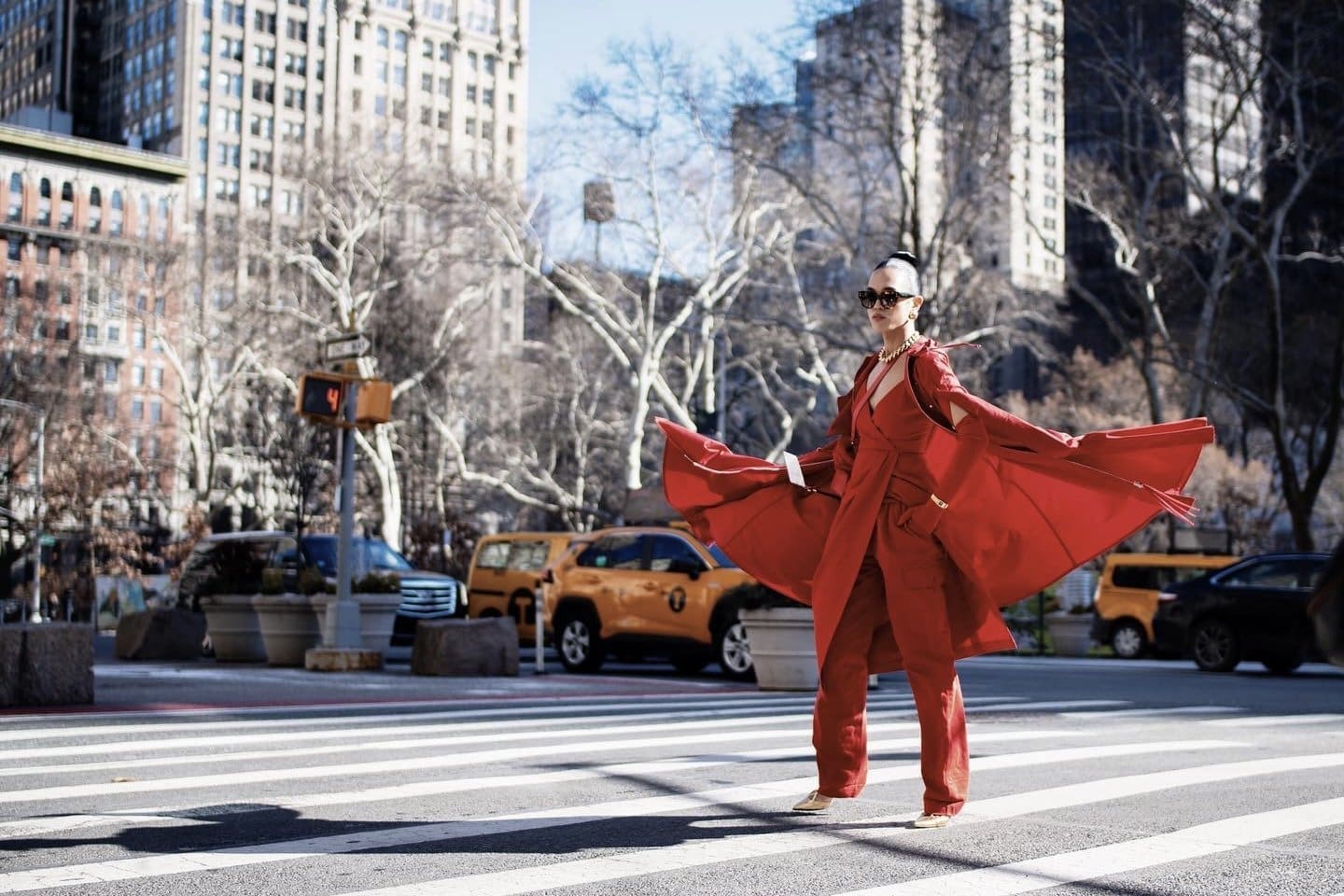
New York is such a fashionable place. How do your street style subjects influence the way you dress?
As a child of the ’90s, I grew up seeing fanny packs and swore to myself I would never wear one. Our parents wore them. And I think it was around Spring/Summer 2018, everyone was wearing the fanny pack as a crossbody bag and I was like, “Oh, that actually looks good.” So I feel like lots of the stuff I said I’d never do or wear, if I see people wear it and it looks good, I’d wear it. For example, I said I’d never wear chunky dad sneakers but I’m wearing them right now.
So did you ever use a fanny pack?
Yes, when I did street style in Paris!
Who has been your favorite subject so far?
In the past MET Gala, I ended up taking pictures and videos for Michaela Jaé. That was so special because three or four years ago, I made plans with friends, and while walking to their apartment I heard people screaming, and instead of running away I was drawn to it. “Oh, the celebrities are leaving for the MET Gala, I have my camera anyway. I’ll take pictures because you never know what’s gonna happen. Those pictures ended up being published in the Philippines. So when I started taking pictures, I was like, “One day I hope to be inside. If I can’t be at the actual MET Gala, [I hope to] take pictures of celebrities preparing for the Gala.” Years later I ended up doing that. I feel like I manifested that.
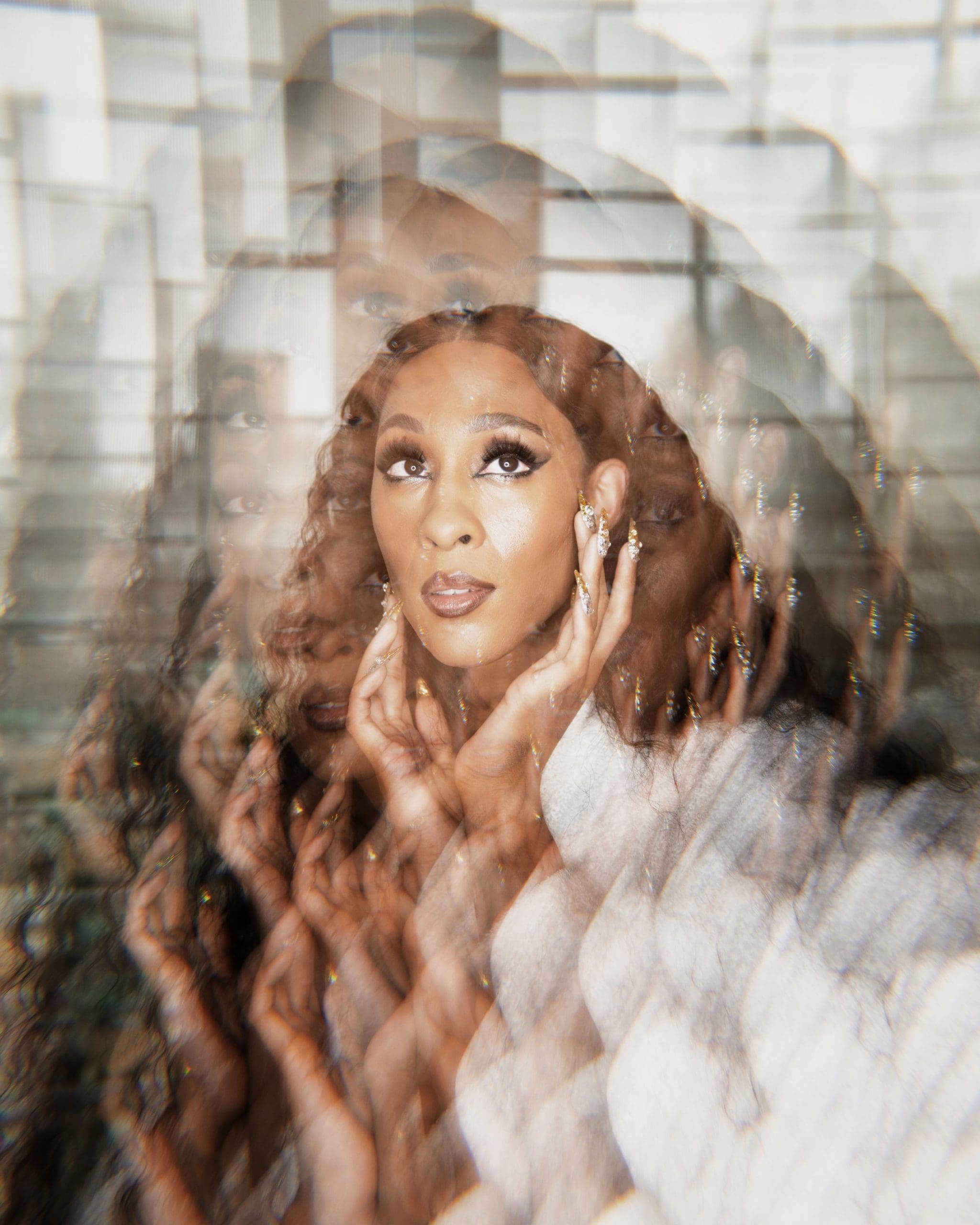
I also really love photographing Bretman Rock because what you see on social media is what you get in real life. Right after I took his street style photo I said, “Salamat!” and he was slightly surprised (probably by seeing a Filipino street style photographer) and gave out a loud, “I see YOU, kuya!” while pointing at me. He’s very candid and unfiltered and it’s channeled through his style. He doesn’t just wear his heart on his sleeve, but all throughout his body… being unapologetically Filipino.
It’s funny because when people see pictures, they think that things are handed to you and you don’t have to work for them but here in New York, you really have to work for them.
Who has made you the most starstruck so far?
After photographing Michaela Jaé for the MET Gala, everyone was heading downstairs. Ariana DeBose went in the elevator with her team so I was shy to go inside. And she was like, “Come here, we’ll squeeze in, we’ll be sardines!” And I was standing face-to-face with Ariana, and she was the first to introduce herself to me, and I was like, “Why are you so nice?” She was like, “Hi, I’m Ari! What’s your name?” I was like, “I’m Mart… Martin.” I was stuttering. Now we’re IG friends.

Who is your favorite DM slider?
Jamie Chung was one of the first people who added me on Instagram. And a fellow Asian validating, “Oh, hey, your work’s great,” that was one of the best.
Is taking photos of fellow Asians something you’re extra cognizant of, especially after that the community has been dealing with in recent years?
Yeah. When you look at my Instagram, the majority of the people I post are Filipinos and Asian Americans. I did a personal project last year for AAHM where I posted a photo of Asian Americans every day.
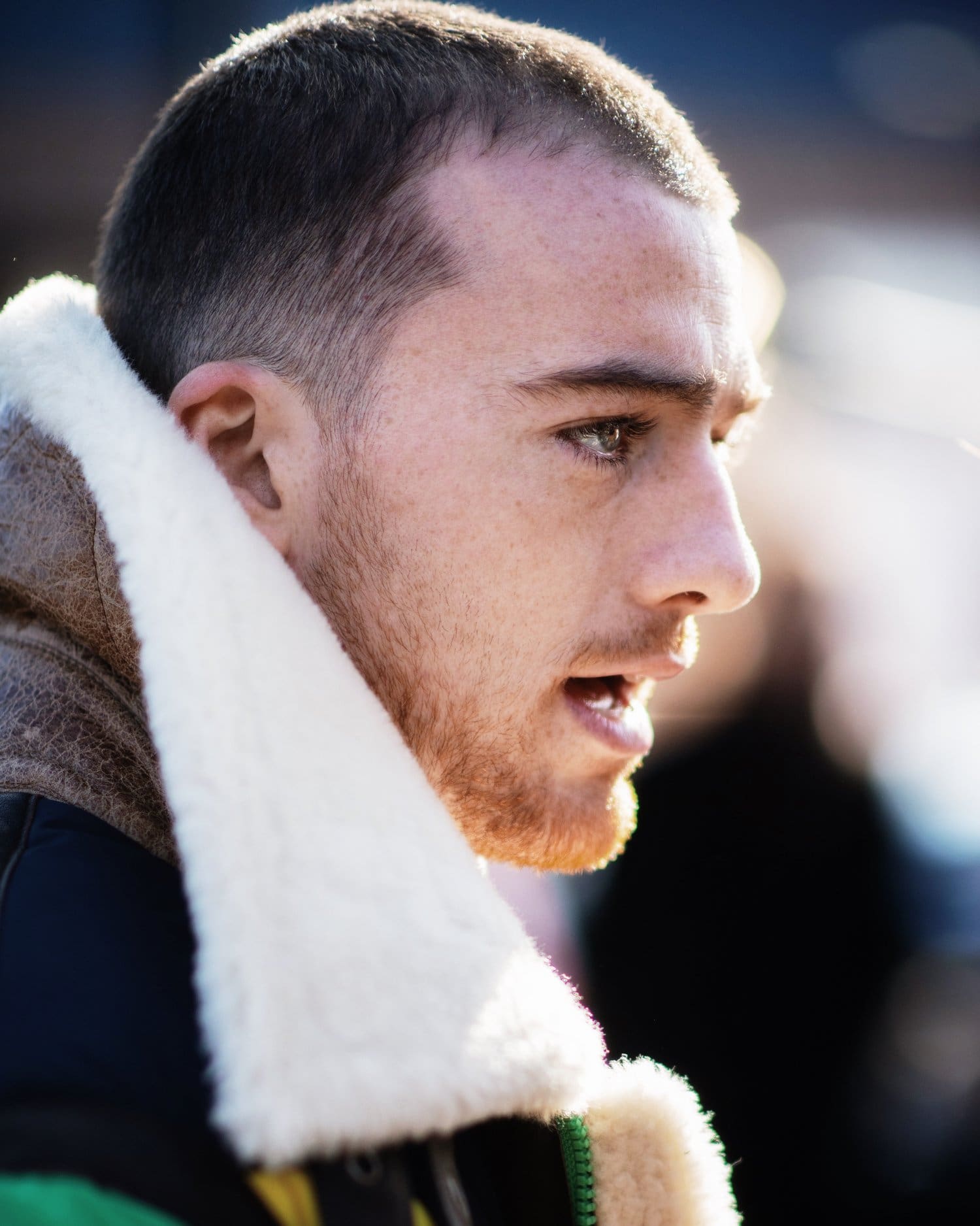
Who do you think is a great street style star?
I love photographing Eva Chen because every time you see her you know she’s not peacocking. It’s her regular outfit. She’s a mom of three and working for Facebook, she goes to shows in between work, so whatever she’s wearing is for the day. And she’s just a joy to photograph. Also, whenever [we] converse, even if we’ve become friends, I still find myself stuttering because she’s amazing at what she does.
Of course, Heart Evangelista. She’s one of my muses. People think it’s always a big production with her but it’s so easy to work with her because it feels like play, just a group of friends going to different locations and taking pictures. It never feels like work.

Was there a moment when you were like, I made it as a photographer?
I still feel like I haven’t made it like I’m on my way. The first season I did street style, I didn’t have access to the shows, I was just outside waiting for my friends who were inside. So I just took photos of people walking and posted them and, true enough, some of them added me on Instagram. Then Self Portrait reposted all my photos so I was like, “I can actually do this.”
Were there moments you wanted to quit?
After every major project, after the joy has settled, I’m like, “What do I do next? Is this my last?” You know that saying “You’re only as good as your last project”? I think about that a lot.
What do you envision for street style photography in Manila?
Here, when you’re on public ground, it’s fair game. In the Philippines, it’s hard to take pictures of people because security guards are always asking you for permits, or will approach you to stop taking pictures. So I feel like laws need to be enacted or even management, they need to be mindful of artists creating their art.
What does Filipino identity mean to you and how do you think you live it in New York?
For me, the best representation is me just being me. I think often people think I’m Filipino I have to be like this. I’m from the province, I grew up in Tarlac, moved to Manila, then New York. And I feel like what’s worked for me living in New York is just being me. I don’t think I’ve really changed, I still eat the same food I’ve been eating, I cook Filipino food a lot at home—adobo flakes, kare-kare, salpicao, adobo. I eat rice everyday. It’s not that I don’t try to push it, it’s just me being me. And I feel like if I push my Filipino-ness on people it’s not gonna be authentic. If you look at my jokes on my [Instgram] they’re very Pinoy. So I’m just being myself.
